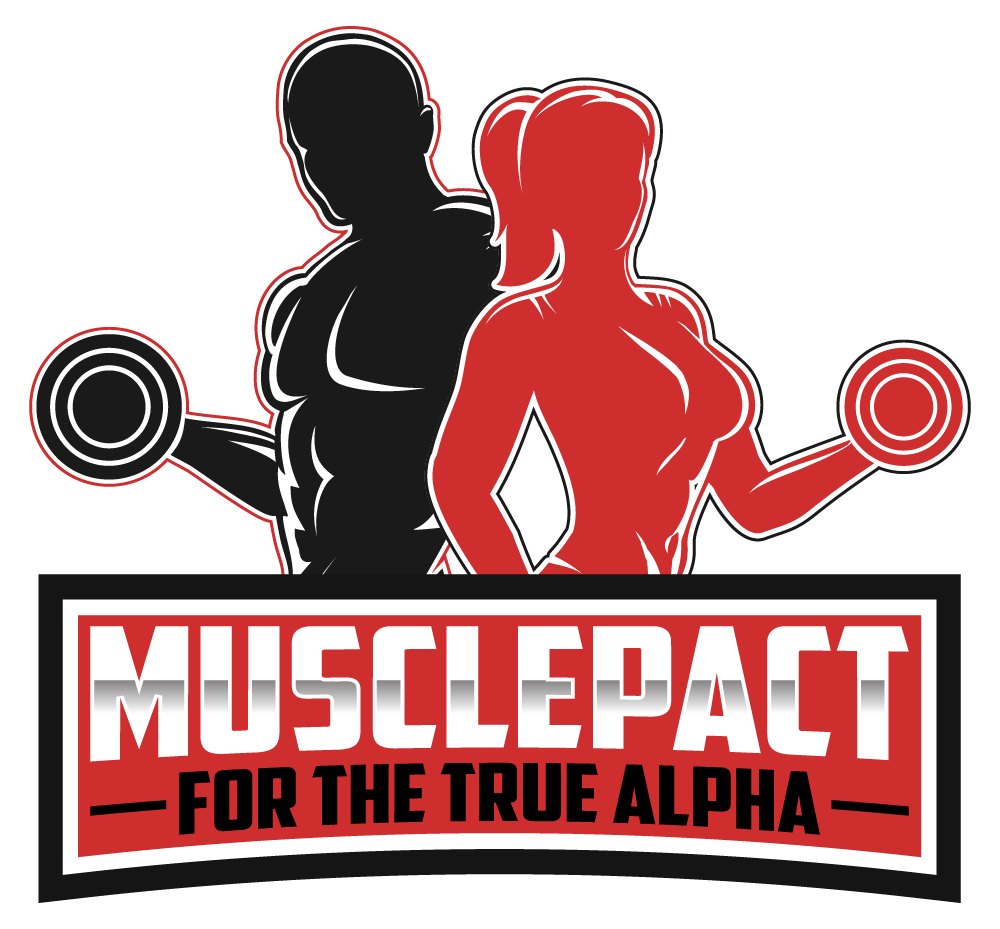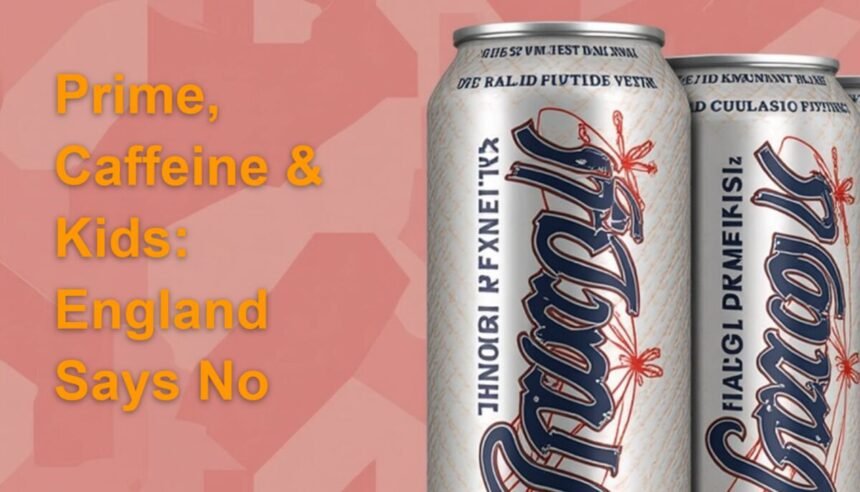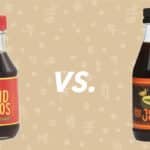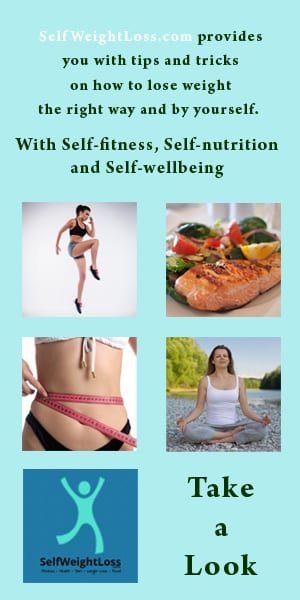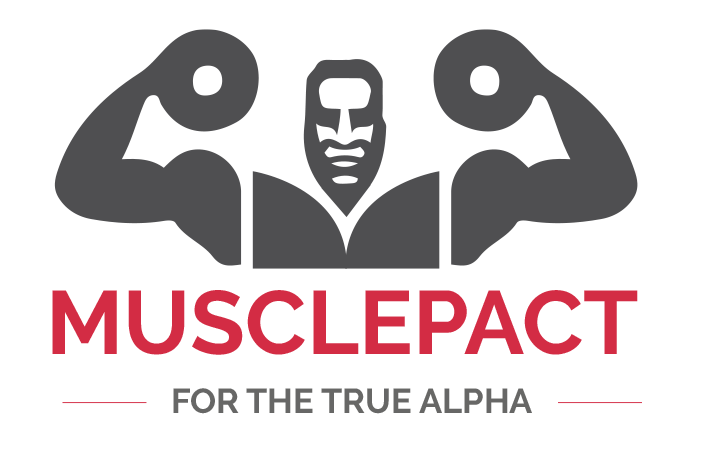Just a year and a half ago, kids across Britain couldn’t get enough of Prime, that neon-bright elixir hawked by Logan Paul and KSI. Shelves emptied within minutes, and resale sites jacked up prices. It was a frenzy that echoed across aisles stocked with every imaginable flavour of energy drink, each one packaged to look as cool as a skateboard trick. And yet, here we are, asking: why did it take until now for England to say “no” to caffeine-packed boosters for under-16s?
A Frenzy Born Online
Influencer marketing isn’t new, but watching Logan Paul or KSI flip open a can of Prime and swear by its “power” felt different. YouTube clicks turned into school-yard currency almost overnight. Somehow, kids got the memo that energy drinks = instant upgrade, even though there’s nothing particularly magical inside—just sugar, caffeine, and a colorful label.
Ever tried telling a group of giggling teens that their beloved beverage might actually be doing damage? Good luck. They’ll roll their eyes faster than a can opening. And you can’t blame them: when every TikTok star is sipping it, parents have zero chance.
Caffeine’s Sneaky Hit on Young Brains
Caffeine is a stimulant, plain and simple. It perks you up in coffee, tea, or dark chocolate—in doses adults typically handle fine. But children? Their brains are still in “plastic” mode, ever-molding to experiences big and small. A landmark US study tracked nearly 12,000 nine- and ten-year-olds, checking vocabulary, memory, attention and more. Spoiler: every single one of those measures took a hit once caffeine entered the mix.
Researchers didn’t beat around the bush. They urged parents to clamp down on caffeinated drinks or risk stunting normal cognitive growth. The American Academy of Pediatrics went further, basically banning energy drinks for anyone under 18. And it’s not just North America; similar red flags popped up in studies from Australia, Portugal, and right here in south-west England.
Quantity Matters More Than You Think
Here’s a quick breakdown:
- EFSA warns that over 3 mg of caffeine per kilogram of body weight can be troublesome for kids.
- A 30 kg 10-year-old needs just 90 mg to risk sleep woes and jittery nerves.
- One can of Prime? A whopping 200 mg.
For context, an eight-ounce coffee has about 95 mg. Tea usually clocks in around 50 mg. In other words, one energy drink is two coffees—and that’s before you consider the added sugar that’s a nightmare for teeth and waistlines.
When Parents Aren’t Enough
Some will grumble, “Shouldn’t this be up to mums and dads?” Sure, in theory. But in practice? Social media ads hit hard. Promos blur the lines between sports or “energy” drinks. Kids swipe their travel cards on the way to school and snag one without a second thought. Expecting every household to monitor every can is both exhausting and unrealistic.
And let’s be honest: when was the last time anyone read nutrition labels at a glance? We’re busy. We miss the fine print. The proposed ban isn’t about stripping choice—it’s about acknowledging that these aren’t ordinary sodas.
Government as the Ultimate Filter
Here’s where the state comes in. Think of regulators as the bouncers at a nightclub: they decide who gets in and who doesn’t. When the science is clear—and here, it really is clear—they step up. That’s not micromanagement; it’s public health 101. By banning sales to under-16s, England isn’t claiming a dystopian future where freedom dies. It’s simply saying, “We’ve looked at the data. Kids deserve a fighting chance at healthy development.”
And yeah, some teenagers might still beg older siblings or borrow parents’ wallets. But the message is out there: these drinks aren’t harmless thrills. Popular doesn’t equal safe.
The Slow Burn to Action
Oddly enough, this should probably have happened sooner. The evidence piled up for years. But energy drink companies marketed like they’d invented rocket fuel—bright cans, catchy jingles, celebrity plugs. Governments often lag when oppositions thunder from lobbyists and sales figures flash skyward. Maybe it took a Prime-induced meltdown (or two) for someone in Westminster to blink.
It’s a reminder that regulatory bodies move at a different pace than social trends. Yet, when they finally act—and do so based on solid research—the result usually sticks.
Let’s be honest: kicking caffeine to the curb won’t solve every health issue. But it’s a step. And sometimes, small steps make the biggest difference.
What do you think? Is the ban long overdue or overkill? Drop your thoughts in the comments. And follow us on on Facebook and Instagram for more guides.
Soy sauce vs. liquid aminos: Whis one is better for you, according to dietitians.
Sources:
- https://www.theguardian.com/commentisfree/2025/sep/10/england-ban-energy-drinks-caffeine-children-parents-social-media
